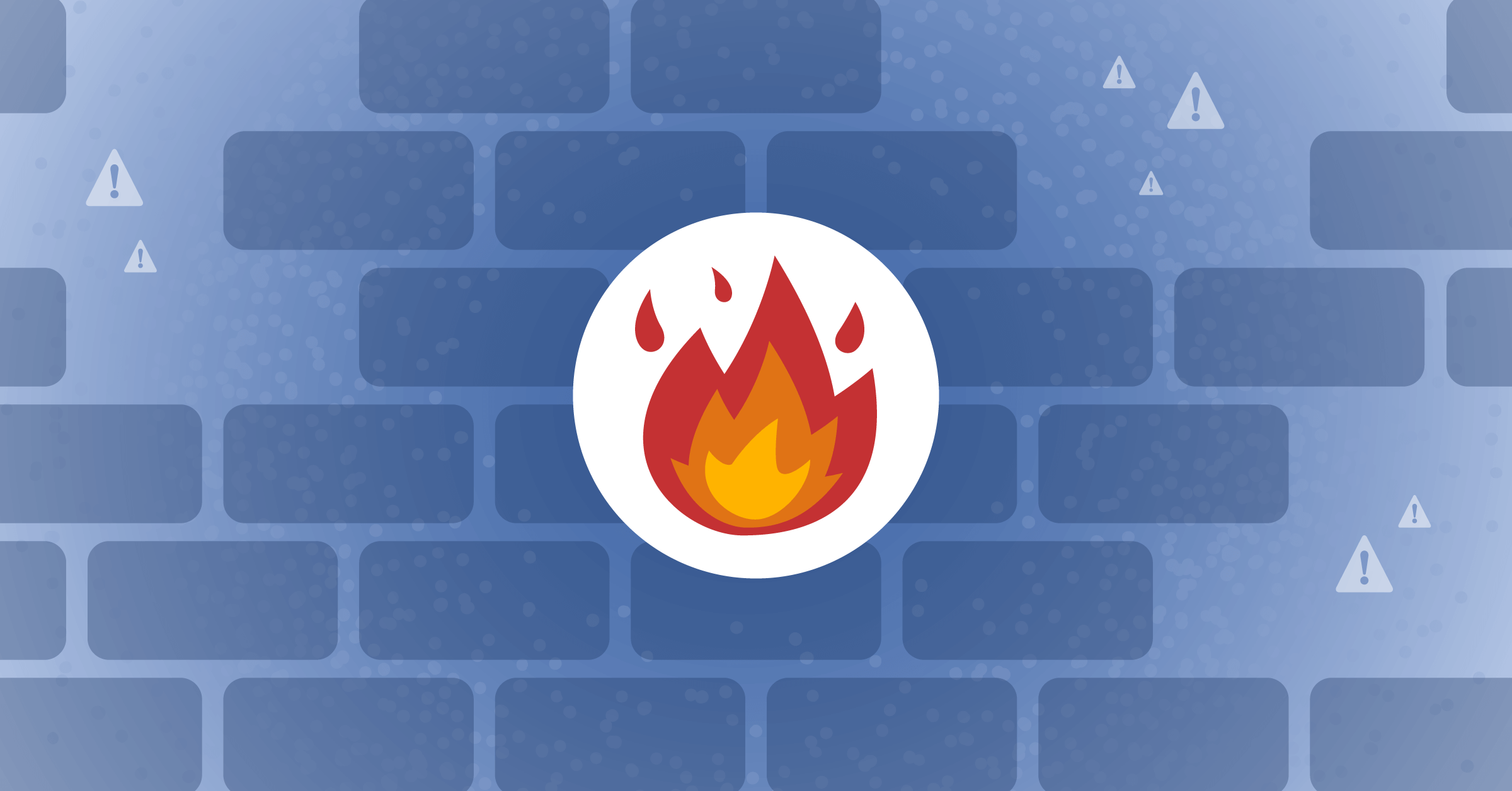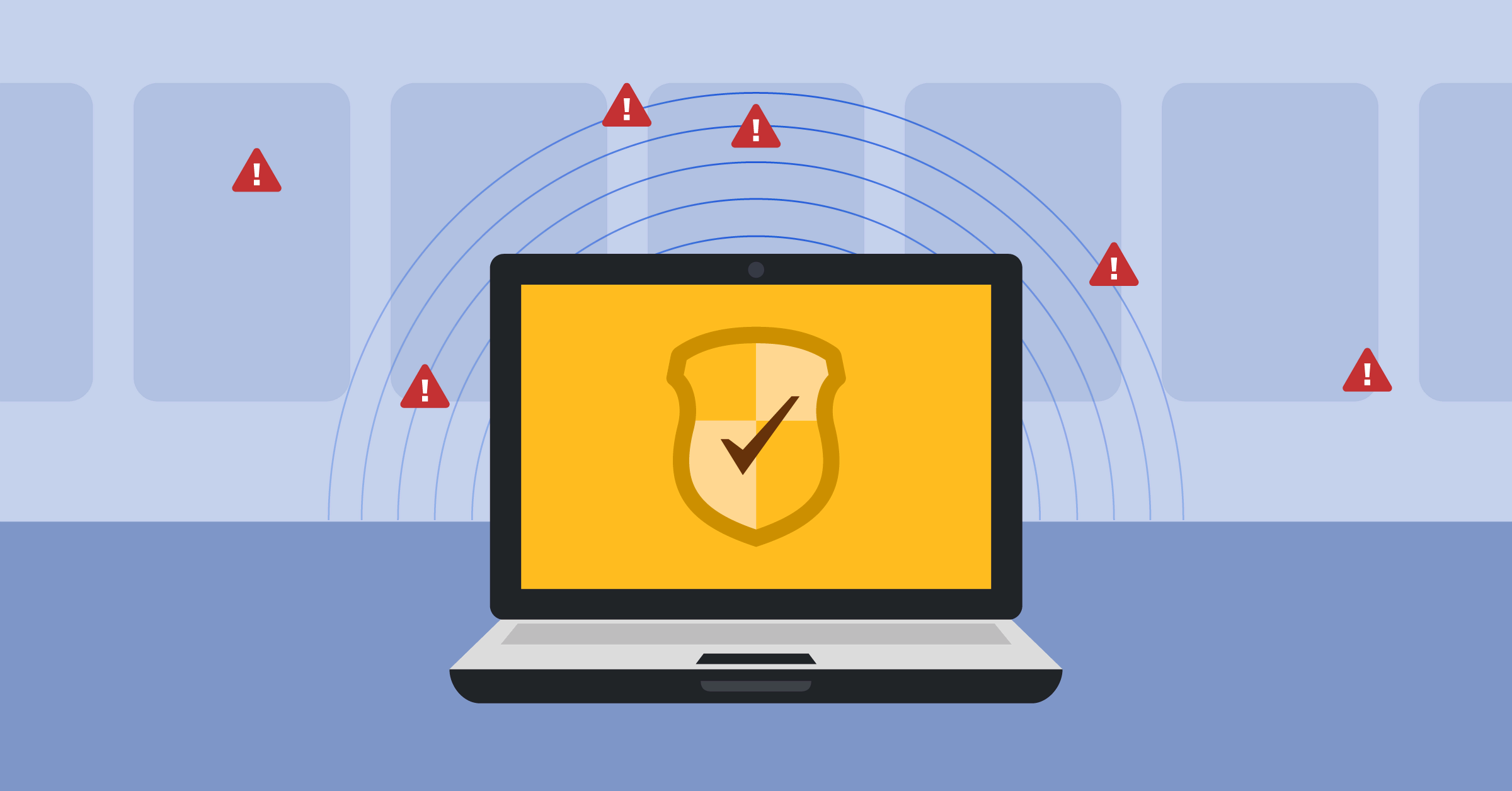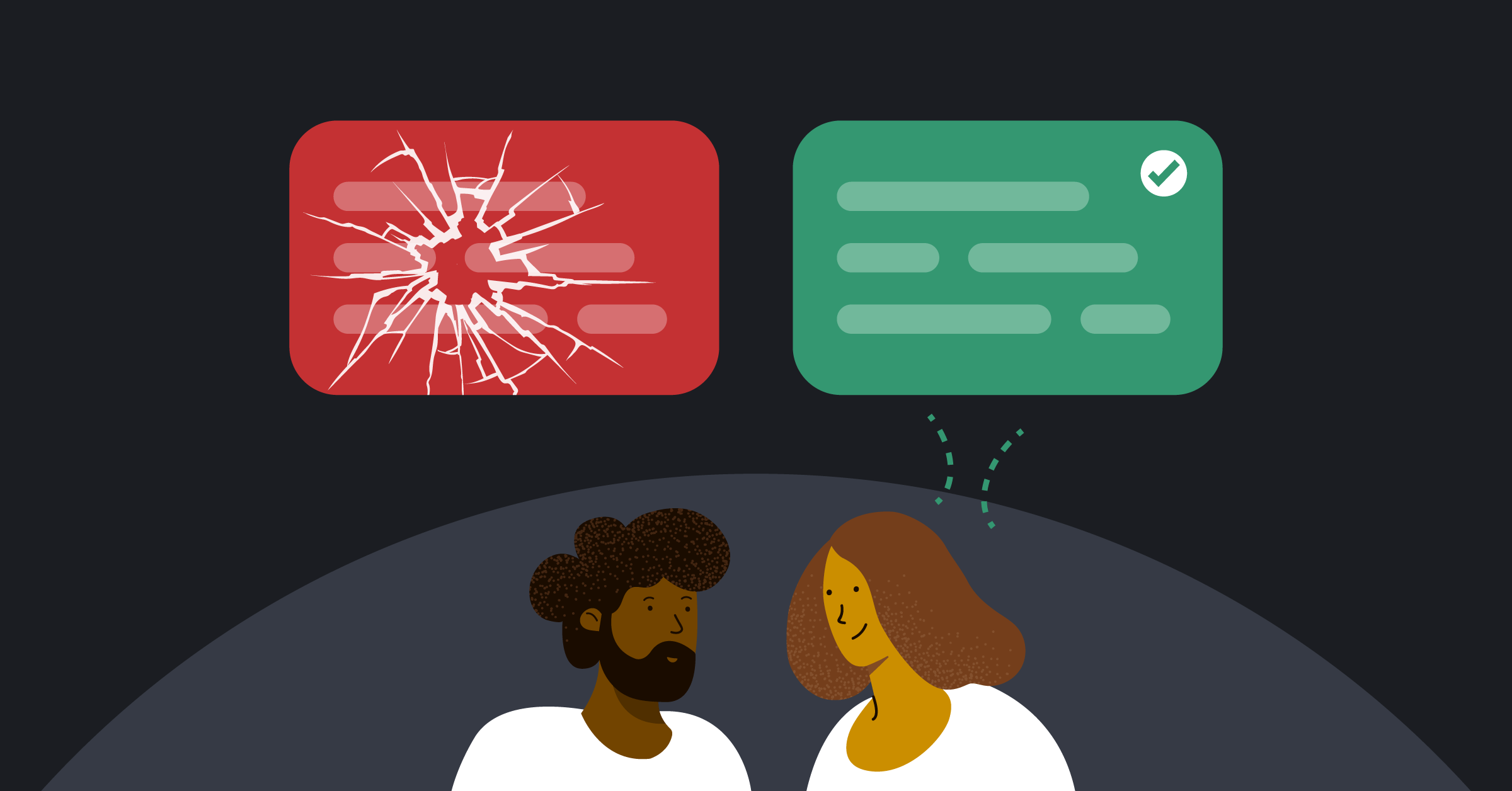
Onboarding as a remote engineer with Mattermost
We decided to make Mattermost a remote-first company for several reasons. For example, employees don’t have to waste time commuting, we are able to hire from a wider talent pool of self-motivated individuals, and we have coverage in all time zones, which helps us respond to our customers around the world more effectively. And since we’re a remote company building collaboration software, we have plenty of opportunity to dogfood our own product.
Since our beginning, we’ve worked hard to build our entire culture around being remote-first. Here are three things we’ve learned along the way:
- Interviewing and onboarding remote team members is different than traditional interviewing and onboarding processes. In a remote-first company, a new hire isn’t able to ask the person next to them a question, so a thoughtful onboarding process and associated resources are critical.
- The ability to communicate clearly, especially through written communication, is extra important in a remote setting. We focus on enabling our staff to communicate efficiently and document their decisions using Mattermost and tools like Jira and GitHub.
- Team-building is extra important when you can’t spend time together in person. We try to give team members different ways to connect and build relationships with their peers, like our Mentor for the Day program, rotating ice breakers that kick off each meeting, and, of course, our annual MatterCon company and community event.
Beyond that, here are four ways we do our best to hire developers who thrive in remote environments, make them feel part of a larger team, and keep them engaged throughout the process.
1. Onboarding checklist
When a candidate accepts a job offer, we make sure they read this extensive onboarding checklist to learn more about Mattermost’s mission, values, and leadership principles.
The goal, here, is for new hires to become acquainted with the company, expectations, processes, and more.
2. Extensive resources
Being a remote-first company means new hires don’t have the luxury of tapping the person sitting to them on the shoulder every time they have a question.
We solve this problem with robust documentation, including Mattermost docs, developer docs, and the handbook.
The way we use Mattermost can also help, with default open channels that everyone is automatically signed up for, links to relevant resources in channel headings, and hashtags that make it easier for new hires to find topic-specific information.
3. Mentorship
One of the core parts of our culture is the idea of Learn, Master, Teach.
To help new hires adapt to this philosophy, we have a Mentor for the Day program that matches them with a different member of the dev team for 30 minutes a day for the first two weeks. Not only does this enable new hires to meet their colleagues quickly, it also helps them understand our products on a deeper level.
Each new hire is also matched with a main mentor who checks in on a regular basis to make sure things are going smoothly. They can help share useful context, connect new staff to other team members with relevant knowledge, and point out useful resources.
4. Ephemeral meetings
We might not meet in the same room that often, but we do hold regular video meetings to keep our teams aligned.
We hope that these meetings help build camaraderie across the organization, making new hires feel like part of the team right out of the gate. To accomplish this, we kick off each team meeting with rotating ice breakers to encourage our staff to share a little bit about themselves. We also make sure to publicize agenda docs and encourage team members to add items and sign up to demo work. We also make it a habit to post a summary of each meeting into the relevant channel for greater visibility.
At the same time, in the spirit of Andy Grove, we try very hard to have less meetings because too many meetings can waste a lot of time. In particular, we abhor unnecessary recurring meetings. We have the attitude that many things that can be done in a meeting can probably be better served asynchronously.
But when you’re working on a project with someone and you’ve come to an impasse, hopping onto an ad hoc video meeting to talk things out can really be helpful.
For ideas on how to have a productive video meeting, check out a blog I recently wrote: 6 Annoying Things People Do During Video Conferencing.
Thinking about working at Mattermost?
If you’ve liked what you’ve read so far, browse our job openings and consider applying for a position that piques your interest.
In the meantime, you can always stop by our community server to say hello.




